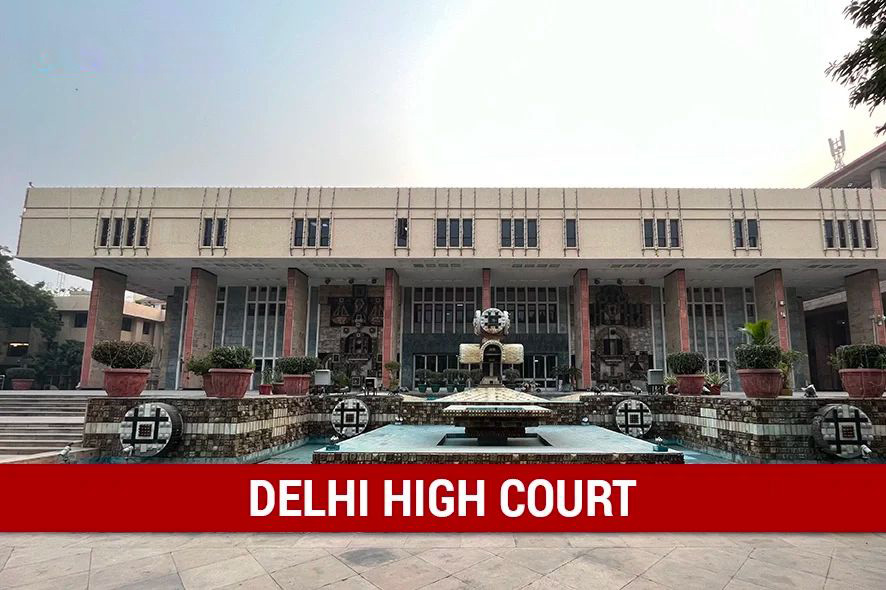
Introduction
Following the landmark decision of the Supreme Court in Cox & Kings Ltd. v. SAP India Pvt. Ltd, which extensively discussed the ‘Group of Companies’ doctrine, the Delhi High Court, in the matter of Vingro Developers Pvt. Ltd. v. Nitya Shree Developers Pvt. Ltd. (“Vingro Case”), has offered insights into the application of this doctrine to company directors and the potential inclusion of directors as parties to arbitration proceedings.
Contractual Dynamics and Arbitration
In the case of Vingro Developers Pvt. Ltd. v. Nitya Shree Developers Pvt. Ltd., pertinent contractual arrangements took centre stage. Specifically, Nitya Shree Developers Pvt. Ltd. (“the Respondent”) entered into two Builder Buyer Agreements with Vingro Developers Pvt. Ltd. (“the Petitioner”) regarding the development of the “RLF City” residential project situated in Rajasthan. Noteworthy in this context are Director 1 and Director 2, collectively referred to as “the Directors,” who held pivotal roles as directors and authorized representatives of the Respondent. Director 1, in particular, executed the Builder Buyer Agreements on behalf of the Respondent.
Following alleged breaches of contractual obligations, the Respondent failed to deliver possession of the plots and inadequately responded to notices. The Petitioner resorted to arbitration proceedings under Section 21 of the Arbitration & Conciliation Act, 1966 (“the Arbitration Act”). These arbitration actions were instigated in accordance with the arbitration clauses stipulated within the agreements.
Incorporating Directors into Arbitration Cox & Kings Precedent
The Petitioner builds upon the Cox & Kings Ltd. precedent to advocate for the inclusion of Directors in arbitration. Relying on the Arbitration Act’s expansive definition of ‘parties’ to encompass both signatories and non-signatories, the Petitioner emphasizes Director 1’s pivotal role as a signatory to the agreements. Additionally, the distinction between non-signatories and third parties, elucidated by the Supreme Court, further bolsters the argument.
Furthermore, the Petitioner highlights the Respondents’ unified response to the petition, presenting a joint reply. This consolidated approach intertwines the Directors with the Respondent, rendering their inclusion indispensable. Thus, the Petitioner contends that separating the Directors from the Respondent is untenable given the circumstances.
Respondent’s Position: Directors’ Exclusion and Legal Precedents
The Respondent’s primary argument centred on the exclusion of Directors from the agreements, citing precedents such as Sundaram Finance Ltd. v. T. Thankam and Deutsche Post Bank Home Finance Ltd. v. Taduri Sridhar. In Sundaram Finance Ltd. v. T. Thankam, it was held that matters cannot be referred to arbitration against parties not covered under the arbitration agreement.
Additionally, the Respondent contended that the Directors, acting solely as representatives, should not be personally liable. They argued for their exclusion from personal liability. Filing the petition, the Petitioner argued for the Directors’ exclusion from arbitration. They insisted that the agreement solely bound the Petitioner and Respondent, leaving the Directors uninvolved.
Court’s Authority under Section 11: Limited to Arbitration Agreement Verification
In assessing its authority under Section 11 of the Arbitration Act, the Court underscored its limited purview, primarily aimed at verifying the presence of an arbitration clause within the agreement. Citing Emmar MGF Land Ltd. v. Aftab Singh wherein it was clarified that “upon arbitration being invoked. The only valid reasoning for a court’s refusal to refer the matter to arbitration is the non-existence of an arbitration agreement“.
In examining the Respondent’s argument, the Court acknowledged the hierarchical relationship between the Respondent as the principal entity and the Directors, who functioned solely as agents thereof. The court further opined that “to bind a non-signatory to an arbitration agreement, there must exist a common intention between the parties to do so. Moreover, the court must examine the relationship of the parties and the circumstances of the same to competently impute to them the intended meaning behind them.”
Principal-Agent Dynamics: Directorial Liability Assessment
The Court noted the contrasting roles of Director 1 and Director 2: while Director 1, as the authorized representative of the Respondent, signed the agreements, Director 2 did not. The petition implicated both Directors directly, identifying them as directors of the Respondent.
Emphasizing the legal framework of Section 182 of the Indian Contract Act, 1872, the Court highlighted the inherent principal-agent relationship. This relationship was underscored between the Respondent and the Directors. This prompted the Court to conclude the absence of a clear intention to bind a non-signatory to the agreement. By making this distinct separation, the present case avoided aligning with the Cox and Kings Limited case.
Furthermore, invoking Section 230 of the Contract Act, the Court reaffirmed that an agent cannot independently enforce contracts made on behalf of the principal. This safeguarded Directors from personal liability, absent a specific contractual agreement to that effect.
Presumption of Contractual Limitations on Agent Liability in International Transactions
Following the, established legal principles, there exists a presumption favouring contracts that limit the liability of agents in certain circumstances. The law specifically demands this presumption for international transactions, upholding it only under clearly defined conditions.
Instances where this presumption applies include:
- An agent facilitates contracts for the sale or purchase of goods on behalf of a foreign-based merchant.
- Cases where the agent fails to disclose the identity of their principal.
- Situations where, despite the principal being disclosed, legal action cannot be pursued against them.
The court reaffirmed this legal stance in the case of Vivek Automobiles Ltd. v. Indian Inc., reinforcing the legal principle that agents, acting on behalf of a disclosed principal, are immune from liability for their actions. This immunity, however, crumbles when a contract explicitly dictates otherwise.
The analysis pinpointed a key legal principle: agents remain exempt from liability for a known principal’s actions unless explicitly stipulated in the contract. This principle draws from the fundamental principal-agent relationship defined in Sections 182 and 230 of the Contract Act. The judgement concluded that agents unless expressly stated in the contract, bear no responsibility for the actions of a disclosed principal.
Click here to read about NCLAT’s latest judgment regarding promoters’ eligibility to submit a resolution plan despite disqualifications.
